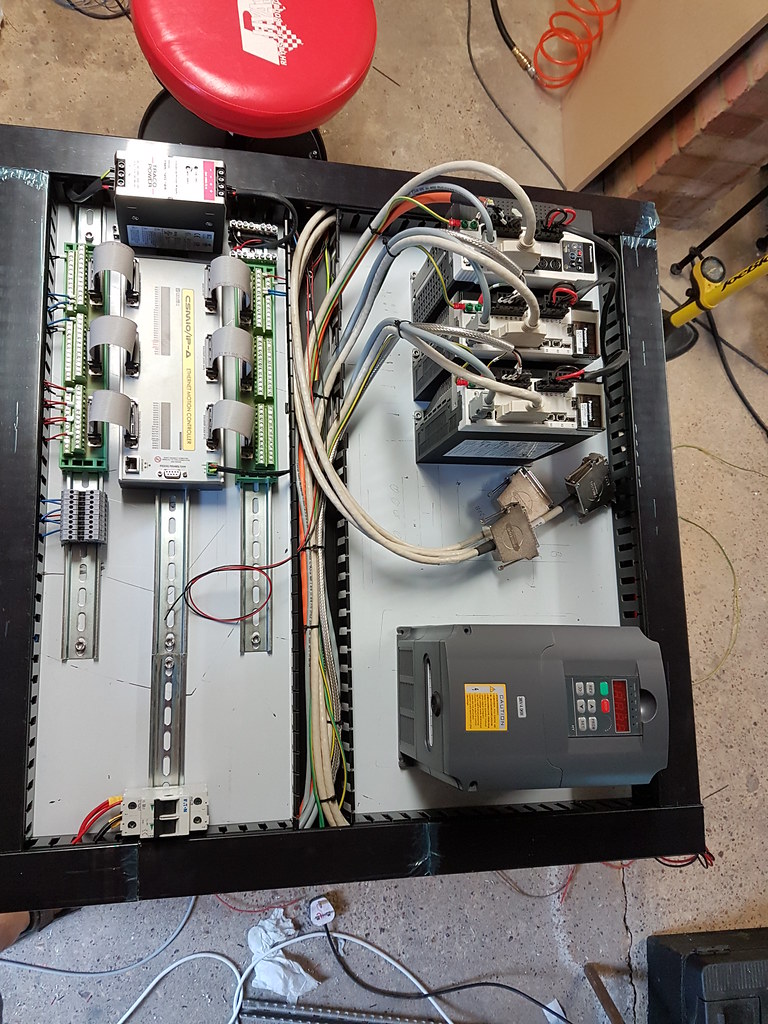Thread: Thor, or should that be Zeus?
-
29-05-2016 #81
-
29-05-2016 #82
Nice work looking great Chaz . . .
-
30-05-2016 #83
-
31-05-2016 #84
Where did you get your concrete from?
-
31-05-2016 #85
-
31-05-2016 #86
What super plasticizer are you using and where are you getting it from?
http://www.concretecountertopsupply....turesPozzolans
Is the best place I've managed to find.
-
01-06-2016 #87
-
01-06-2016 #88
Hi Chaz
just thought i would mention this, regarding the build up of your reinforcing structure.
Years ago i built a trailer and installed bosses into the box section to support the tailgate, machined/drilled and first tapped the holes in the boss with the intention of finish tapping after they were welded in to the frame.
The carbon content of the steel used for the bosses was unknown and as it happens must have been sufficient to harden the inserts, i was unable to finish tap the holes after welding and had to cut the bosses out and remake with mild steel, so make sure your rail supports are mild steel and even do a test piece to make sure.
Good luck
Mike
-
01-06-2016 #89
Thanks. In this case, there will be no metals 'sunk' into the structure.
Mounting will be directly onto the concrete however there will be a layer of DWH 'epoxy' to provide the flatness needed. The nuts will put into place after the structure has hardened and will be held with epoxy.
-
01-06-2016 #90
Hi Chas
Sorry but i can't get my head round how you are going to fix the rails to the concrete or set the rails perfectly straight and co planar prior to injecting the epoxy, could you run through it step by step (for a dummy)
Mike
Thread Information
Users Browsing this Thread
There are currently 3 users browsing this thread. (0 members and 3 guests)









 Reply With Quote
Reply With Quote


Bookmarks